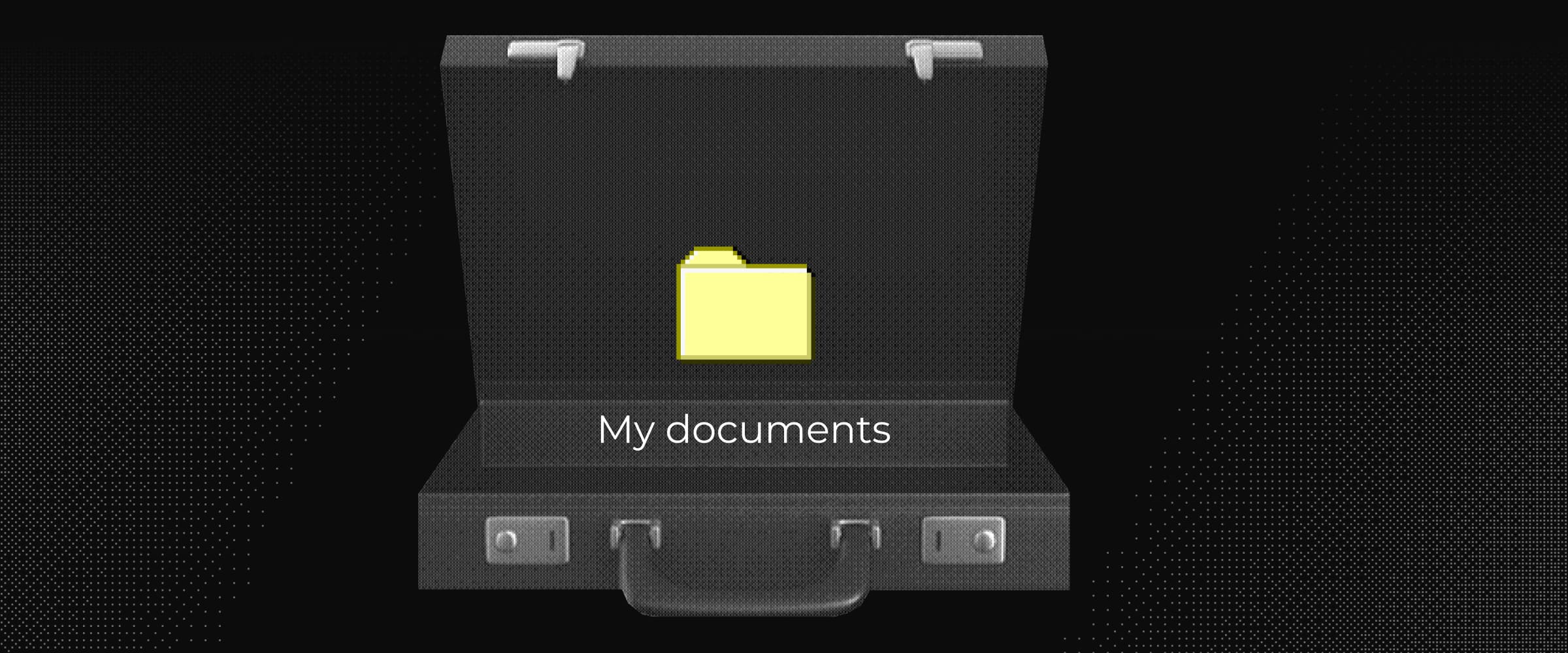We've already experienced full-time remote work during the pandemic, when we had to restructure all internal company processes in just a few days. However, in 2020, the shift in format was forced and "raw," and after the office reopened, specialists returned to their usual routines.
Despite the identified drawbacks of remote work, which we discussed earlier, our team is now preparing for major changes. In 2024, we decided to enter a new market of supply and demand and expand the geography for recruiting employees. Additionally, a survey was conducted among MediaTen developers, showing their interest in partial office attendance and complete abandonment of it.

Having set our goal, we explored various methods and tools that help establish remote collaboration. Based on these, we created an organizational structure suitable for outsourcing and outstaffing agencies. To reach this point, MediaTen's management spent several days on discussions, risk analysis, and regulatory framework development.
We will save your time and share the identified challenges when transitioning to remote collaboration and options to address them.
Formatting and documentation

Problem: Nuances of Official Employment for Remote Workers
A contract with a remote employee differs from a regular one as it includes a completely different organizational specificity. To draft and officially certify it, one must have a full understanding of how the work will be structured and outline all the nuances. Otherwise, contentious and conflict situations may arise that were not previously considered.
Solution: Clear Regulations
If you're new to formalizing remote collaboration, you can use a contract template from the internet. According to standards, it should specify:
- the organization's name and the specialist's city without a specific address;
- working hours in the employer's time zone;
- communication methods with colleagues, clients, and response deadlines;
- office visitation options and procedures;
- daily work schedule and handling of problematic situations, such as internet disconnection;
- recommendations on personal equipment and obligations regarding provided technology;
- compensation and penalties.
Carefully review the proposed terms to see if they suit your needs and make adjustments to fit your company.
Solution: Mail and Electronic Document Exchange (EDE)
There are two ways to exchange documents when hiring a remote specialist, actually three. The first is sending contracts by mail and receiving copies of documentation. The second is EDE with electronic signatures. Implementing electronic document management in HR reduces paperwork time but requires investment and training in the service provider's system. The third is the easiest method, but it's only feasible when employees are within the company's city limits. Simply meet in person and complete the formalities face-to-face.
Equipment
.jpg)
Problem: Lack of Necessary Equipment or Software
A common issue is the absence of work equipment with required configurations among young specialists. Even more frequent is the reluctance to use personal computers for work and install company software on them.
Solution: Documented Equipment Transfer or Office Centers
The fundamental method to eliminate this problem is to not create it in the first place by hiring people without suitable equipment. A consensual solution is to provide the necessary equipment, sign a transfer and receipt agreement. Subsequently, you can either return the equipment, deduct its cost gradually from the salary, or discuss buyout terms upon resignation. For purchased software, change access or revoke subscriptions.
Large companies have found a workaround by opening local open spaces. Specialists can come to any office in their city, sit at an available desk, and work in a pre-configured interface with all the necessary software.
Communication
.jpg)
Problem: Lack of Face-to-Face Communication Leads to Detachment from the Team
In addition to the obvious drawbacks like slow responses or getting lost in chats, there's a more significant downside. Remote work makes it difficult to maintain team cohesion and build open relationships with a touch of friendliness. Specialists find it harder to express dissatisfaction in work moments and emotionally, it's easier to simply leave the company without discussing their plans.
Solution: Separate Channel
If there's no HR department in the company taking care of empathy within the team, then you should independently foster relationships among employees. Communication can be facilitated through widely accessible messengers like Telegram. There are also paid corporate applications that help avoid distractions from external messages and newsletters. In any case, there should be a separate channel/chat where colleagues can discuss non-work-related topics. In simpler terms, communicate like humans about interesting and pressing matters.
Solution: Events
For some, team spirit seems like a mystical phenomenon, but mostly for those who've never experienced it. Feeling physically connected to the team is an additional retention tool for employees. Take advantage of any opportunity to gather the team: a joint trip, a festive meeting, a pizza day, a senior specialist's meetup. The more cool reasons you find for gatherings, the more frequent and enjoyable communication becomes. Plan events in advance, discuss and create a schedule.
Monitoring
.jpg)
Problem: Lack of Actual Confirmation of Work Interruptions' Causes
Even with a small team of 10-15 people, it's challenging to track the smoothness of everyone's work consistently and, most importantly, to understand unforeseen situations correctly and in a timely manner. No one is immune to either bad internet or the desire to watch a couple of hours of videos. The reasons for work stoppages can vary, but no employer wants to pay for uncoordinated downtime.
Solution: Task Manager and Time Tracker
There are two main approaches to task completion monitoring: deadline-based and comprehensive. In the first case, tasks and deadlines are set in an ERP system, task manager, or other tracking system. Specialists allocate their time based on deadlines. However, if something goes wrong, they won't have a visual "alibi" to justify work stoppage or errors.
Comprehensive monitoring involves installing a special program like Kickidler or a plugin that tracks time and work in the interface. This approach doesn't suit all employees as they mistakenly assume that the employer is constantly monitoring their actions. It's crucial to convey to the team that management has its own tasks, and the software is needed to understand the causes of issues.
Security
.jpg)
Problem: Data Leakage Risk
One of the pressing issues often overlooked by small companies is how to safeguard their own and client information. Even with a well-crafted and signed NDA from employees, there remain risks of data leaks. System breaches, data copying, and leaks were actively discussed topics last year.
Solution: Connection to Remote Machine or Virtual Interface Remote Desktop
Protocol (RDP) is a technology that allows remote users to connect to a computer or server's desktop over the Internet or an enterprise network. For reliability, all communications between the company and employees should be secured, for example, using a Virtual Private Network (VPN) or encrypted data transmission.
Virtual Desktop Infrastructure (VDI) is another method of data protection when working with remote employees in an IT company. Instead of storing data and applications on specialists' devices, they can be given access to a virtual desktop that runs and is managed on company servers or in the cloud.
A crucial aspect of data security is educating employees about fraudulent schemes and methods to avoid them. Actions should be regulated, and rules established to ensure secure data handling.
We've only outlined the main problematic areas in this format, but every company has individual risks. It's worth identifying and addressing them before implementing remote work or a hybrid model. Transitioning to remote interaction is a complex process that requires preparation and financial investment. Even if it doesn't entail closing offices, it serves as an additional tool for attracting employees.





